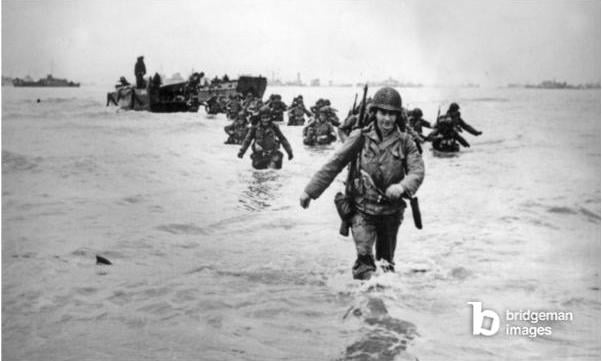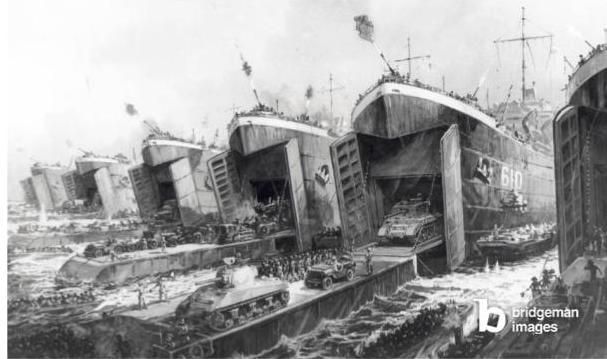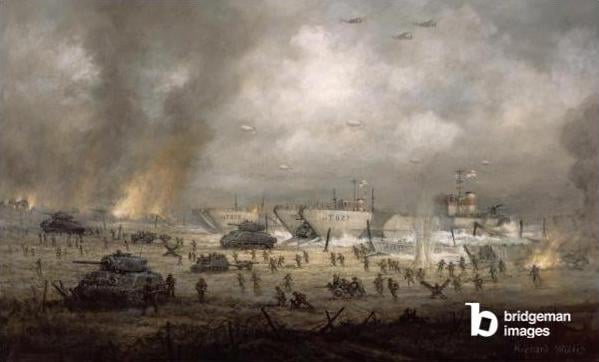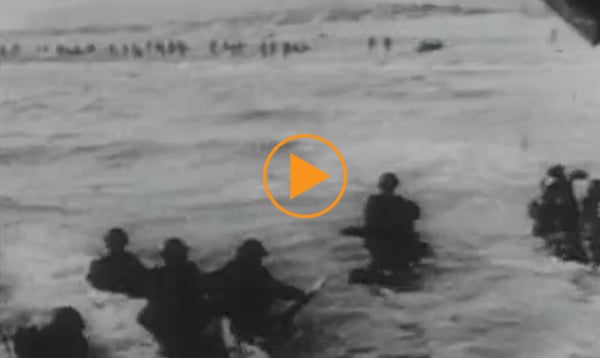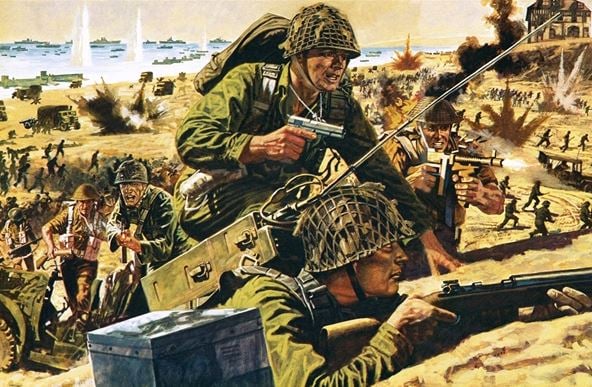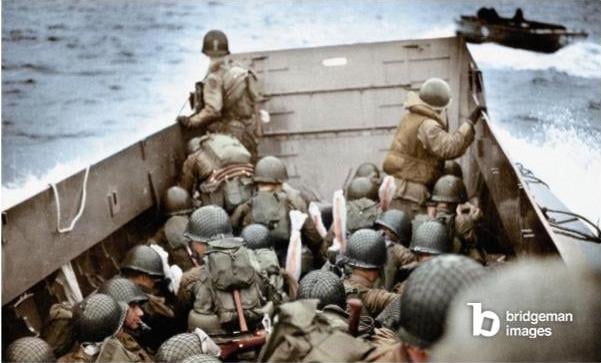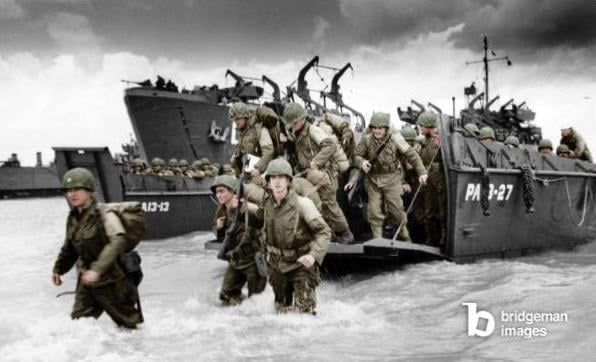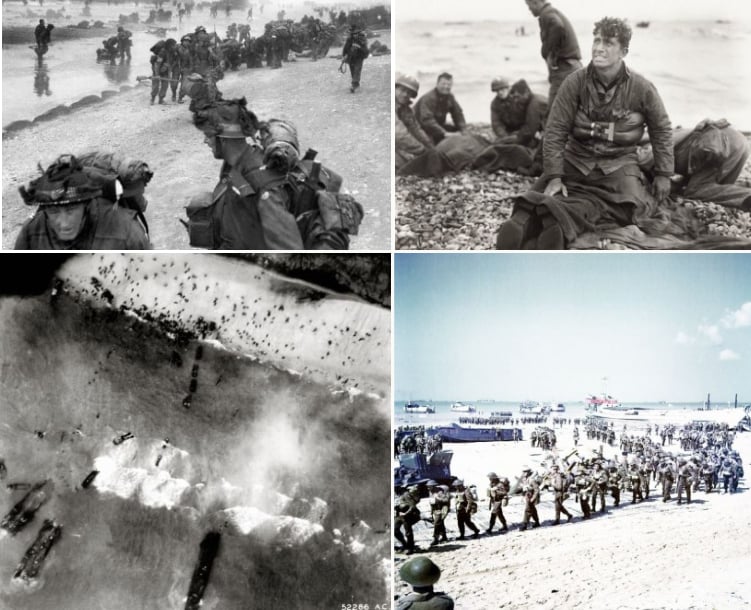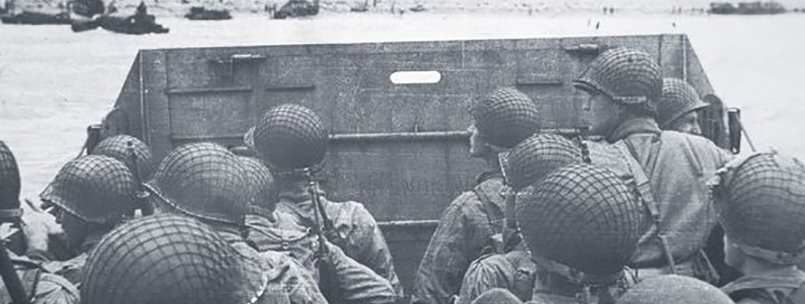
Explore the landmark anniversary of D-Day: 75 Years in 2019
The year 2019 will mark the 75th Anniversary of D-Day, one of the most historic events in British History. Discover the impact and significant this event had on the winning of World War II.
On June 6th 1944, Allied forces launched a full forced attack to regain Nazi-occupied France. This date marked the beginning of The Battle of Normandy. Code-named Operation Overlord, it began the slow and lengthy process of winning World War II. The battle lasted from June 1944 until August 1944. With 156,000 British, American and Canadian forces landing along the 50-mile stretch of beach on the coast of Normandy. The battle is considered to be the largest air, land and sea operation in history. It included 5,000 ships, 50,000 vehicles, 11,000 aircraft and 13,000 paratroopers. There was a high level of casualties, with estimates reaching 9,000 allied soldiers being killed or wounded.However the impact of this battle was enormous,with the battle leading to a significant loss in Germany’s position in France.
Background
After World War II began, Germany had invaded and occupied Northwestern France since May 1940. America who had joined the war in December 1941, joined British forces to plan a major attack across the English Channel. With the disappointing defeat at Dunkirk, the allies needed to have a key attack. If successful, it would weaken Germany’s position in Western Europe and reduce Germany’s resources and block access to important military sites.
Lieutenant-General Frederick Morgan submitted plans for an invasion in July 1943. Although planning began after the evacuation of Dunkirk, more detailed planning did not occur until after the Tehran Conference in late 1943.
Hitler understood that a channel invasion was imminent, he assigned Erwin Rommel to lead the defence operation within France. Although Germany were unable to judge where the allies may attack, Rommel was tasked to create the Atlantic Wall. This coastal defence system was a 2,400 mile fortification of bunkers, landmines and water obstacles.
Preparation for the attack
For the attack to be a success it needed careful planning, England had already dealt with the disappointment of Dunkirk. American General Dwight D. Eisenhower commanded a team in December 1943 to plan the air, land and naval operations. Large scale deception plans were developed, to ensure that German forces were oblivious to the future plans. Many tactics were implemented to divert Germany which included fake equipment, spies and fraudulent radio transmissions.
Britain’s factories were also needing to build up resources, ready for the invasion. Approximately 9 million tonnes of equipment and suppliers made its way from North America over to Britain. Additionally servicemen had arrived from both Canada and America during the course of 1943 and 1944 to participate in the landings.
Weather Delays
Eisenhower selected June 5, 1944, as the date for the invasion. A large amount of factors were considered in deciding the date of the attack including the phase of the moon, the tides and the time of the day. Only a few days within the month would be fitting, however bad weather resulted in the operation having to be delayed by 24 hours. Group Captain James Stagg met with Eisenhower on the evening of 4th June. The meteorological team predicted that the weather would have improved enough for the invasion to occur the following day. If the attack was delayed again, the next date which would be selected would not be until two weeks later. Which increases the chance of the invasion plan being detected, due to having to recall men and ships that were already in position to cross the channel.
A large amount of ships in front of Omaha Beach, 9th June 1944, American Photographer, Galerie Bilderwelt
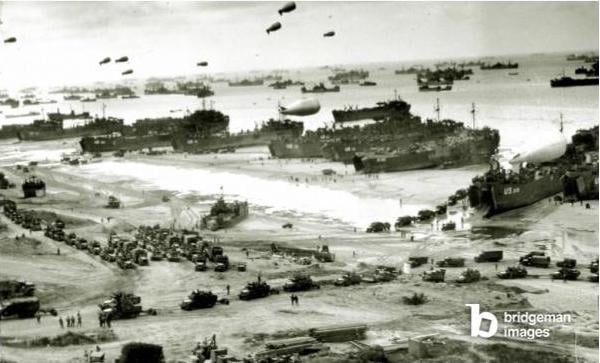
D-Day Landings
Eisenhower told the troops before the attack: “You are about to embark upon the Great Crusade, toward which we have striven these many months. The eyes of the world are upon you.”
The invasion was conducted in a series of phases, by dawn on June 6th there was already thousands of paratroopers and glider troops that were lining the enemy lines, securing bridges and exit roads. By 6.30am the amphibious invasion had begun. Naval forces had delivered over 132,00 ground troops to the French beaches. There was light resistance for the British and Canadians soldiers at several of the captured beaches code named Juno, Sword and Gold. Meanwhile the U.S. forces faced heavy resistance at Omaha Beach. They had severe losses, with over 2,000 casualties.
Germany was facing insufficient support and confusion in its rank. Rommel was not present for the attack and the deception plans had been a success. Germany believed that the attack was a diversion for an attack that was coming north of the Seine River. It resulted in the delay for the releasing of reinforcements from further areas. With the completion of damaging and securing bridges, Germans were forced to take long detours. In following weeks, Allied troops were able to force their way through Normandy and by the end of June there were approximately 850,00 men and 150,000 vehicles across Normandy.
Impact of the attacks
Although the Battle of Normandy may not have ended the World War, it definitely had a lasting impact. It was the beginning of the break down of Germany’s power. Germany was in full retreat from France by August 1944, while allied forces were preparing to enter Germany. British and American soldiers had advanced, crossing the Rhine in March 1945. Which resulted in linking up with the Soviet forces in Germany. Removing Germany from France, ensured that Hitler was unable to increase his eastern front against the Soviets. Allies accepted the surrender from Germany on May 8th, 1945, with Hitler’s suicide a week before.

